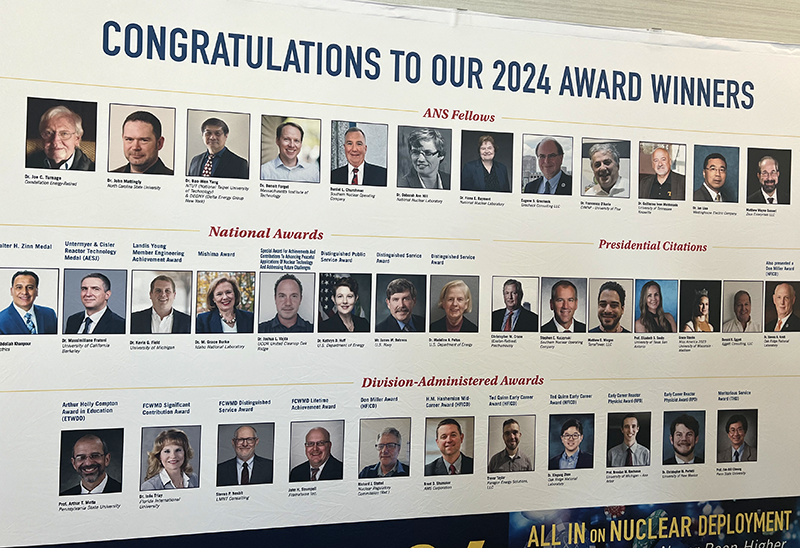
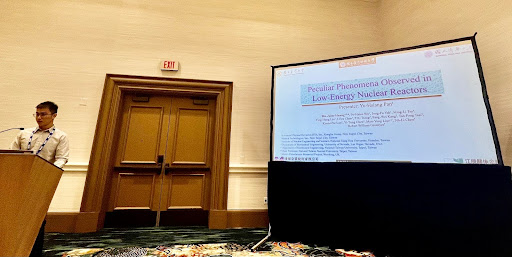
Peculiar Phenomena Observed in Low-Energy Nuclear Reactors.pdf (National Taiwan Normal University)
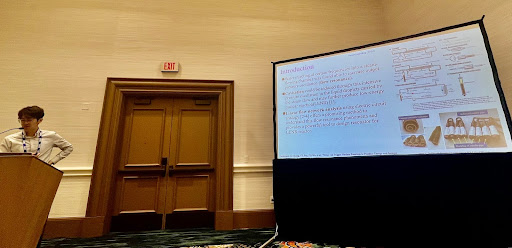
Linear Flow Network Analysis of Resonator in Low-Energy Nuclear Reactor.pdf (National Taiwan University)
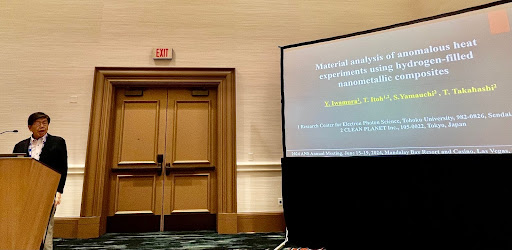
Material Analysis of Anomalous Heat Experiments using Hydrogen-filled Nanometallic Composites.pdf (Tohoku University and Clean Planet, Japan)
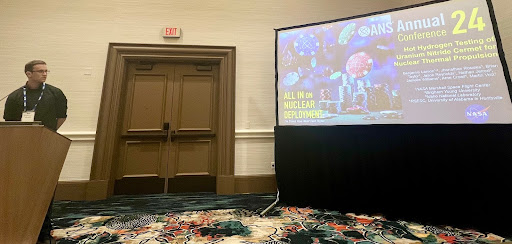
Hot Hydrogen Testing of Uranium Nitride Cermet for Nuclear Thermal Propulsion.pdf (NASA Marshall Space Flight Center)